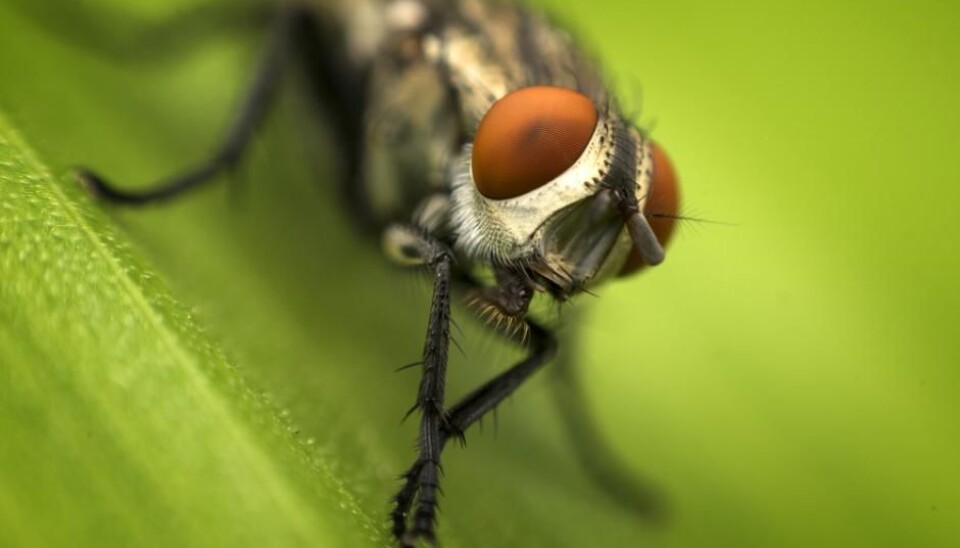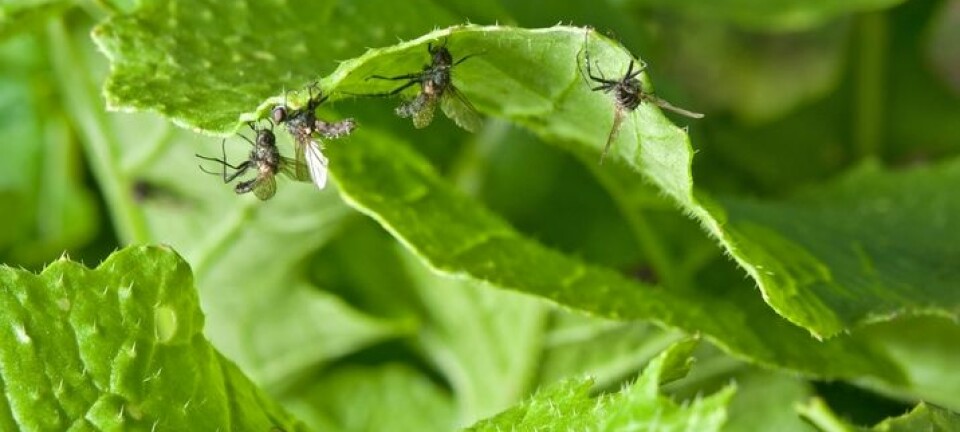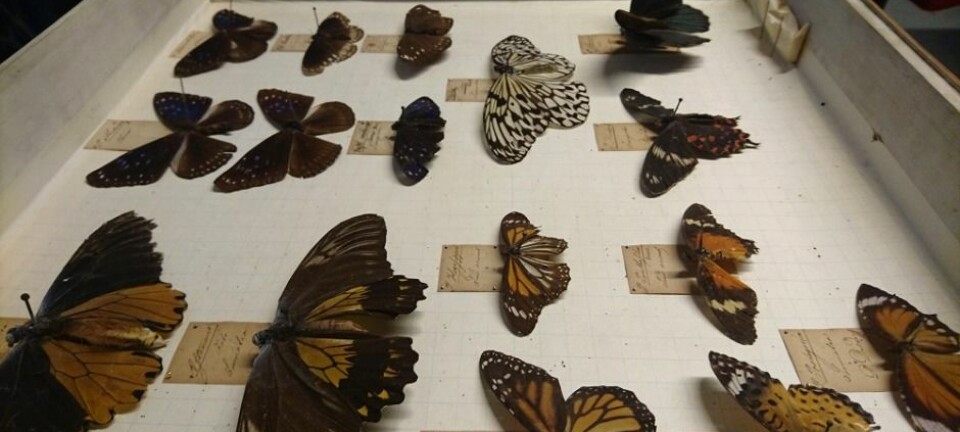
Scientists solve forensic mystery
A new study has big implications for future murder cases, where forensic scientists struggle to identify a time of death.
Blow flies are a great tool to determine when a murder has taken place. They are attracted to the odour of the dead and lay eggs in dark and damp areas--eyes, nose, mouth, groin, and open wounds--between ten minutes and six hours after death.
The development during the egg and maggot phases can give a precise indication of when a person died.
But scientists run into difficulties with the development of the third stage--the pupa stage. For ten days, the fly sits inside an opaque cocoon, says entomologist Thomas Simonsen from the Natural History Museum in Aarhus, Denmark.
“It’s difficult to section a pupa because it is so hard and technically, you destroy evidence doing so. Moreover you can only look at each pupa in sections in one plane, either sagitally or horizontally, or in cross-section, and it doesn’t tell you the whole story,” he says.
For ten days, it is thus impossible to estimate how much the fly has developed. At worst, investigators may have to wait for more than ten days before they can estimate the time of death.
Read More: Why insects always hide in the dark
Legal and pathological significance
Simonsen, together with his colleagues, set out to find an alternative way to study pupae.
In a new study published in the journal of Royal Society of Open Science, they scanned the pupae while the fly inside was still alive. They observed how the fly developed over a ten day period, which previously represented a time gap in police investigations.
“It’s a well done study with a completely bulletproof argument. The results are exciting insect-wise, but it certainly also has huge implications for forensic pathology,” says Thomas Pape from the Natural History Museum in Copenhagen, Denmark. Pape was not involved in the new study.
Read More: Flies and mosquitoes dominate the Svalbard archipelago
Scanning flies is a tricky job
Simonsen and his colleagues used a particular type of CT scanner, a micro-scanner, which allows them to scan small objects, like a fly.
Their first study was published in 2012 and proved that pupae could be scanned in this way. This was a challenges in itself as being bombarded with X-rays puts a strain on the pupae, making it tricky to keep the flies alive long enough to study their development.
“What’s special about the new study is that we’ve taken single images every minute of the live flies. That way we could follow their development directly,” he says.
Caption: See how the contents of a pupa develops from a larvae to a fly. The photos are taken one minute apart. (Video: Royal Society Open Science / Dryad Digital Repository)
“I’ll be damned”
Among their discoveries, they saw that it took just 1.5 hours to transition from a larva to a fully formed fly with head, wings, and legs—although the inner organs still need to develop. This corresponds to 0.5 per cent of the total development time of the fly, says Simonsen.
“My initial reaction was “I’ll be damned.” Totally amazed by how fast it happens. I imagined that it developed slowly over these ten days. Not so much the head, because that is inside the maggot and should just “pop out,” but the fact that the legs and wings come out at the same time, I think that’s incredible,” he says.
Read More: Fruit fly urine helps scientists understand coeliac disease
Unexplained air bubble in the pupa
The new study also revealed an unexplained air bubble inside the pupa, before it transforms from a maggot into a fly.
This in itself is not surprising—fishermen have known for years that they cannot use pupa during this stage as they float on top of the water.
Scientists also know that other flies, including fruit flies, have the same trait. But no one knows why.
“Inside the pupa, a large air bubble develops within a short time. We can see that this happens. But we don’t know why. There’s some indications that it has something to do with the enormous changes that happen in the fly, perhaps because its head unfolds out of the bubble,” he says.
“With these new findings, we can begin to understand how the bubble suddenly develops, grows very quickly, and then disappears again. But basically we still don’t know why and I think that’s really exciting,” says Pape.
Read More: A small fly is a super pollinator in the Arctic
The murder was committed on Monday
There are more studies in the fly saga on the way, including new insights into forensic science, says Simonsen.
“We now know how the fly develop at such a detailed scale that by looking inside pupae we can say what day a murder was committed,” he says.
“Of course, this will make future [criminal] investigations much more accurate,” he says.
There have been cases where estimating the correct age of flies has changed the police's perception of the timing of a crime by as much as a week.
“We’ve now given them an even more accurate tool and that’s what we scientists want to do,” says Simonsen.
“That’s the main goal.”
------------------
Read the full story in Danish on Videnskab.dk
Translated by: Catherine Jex









